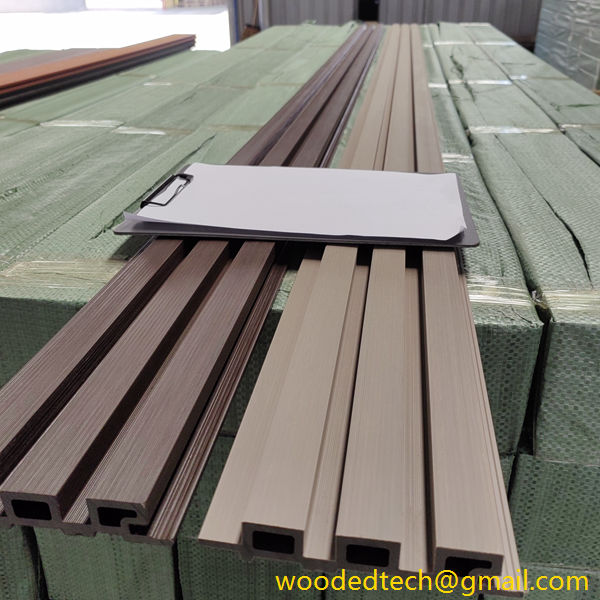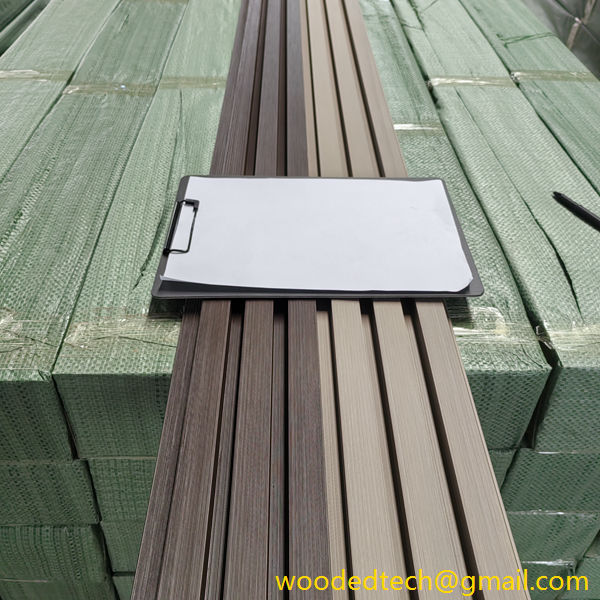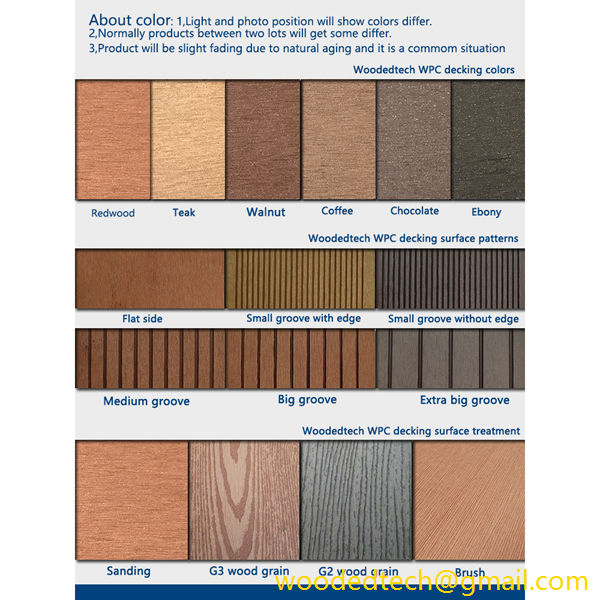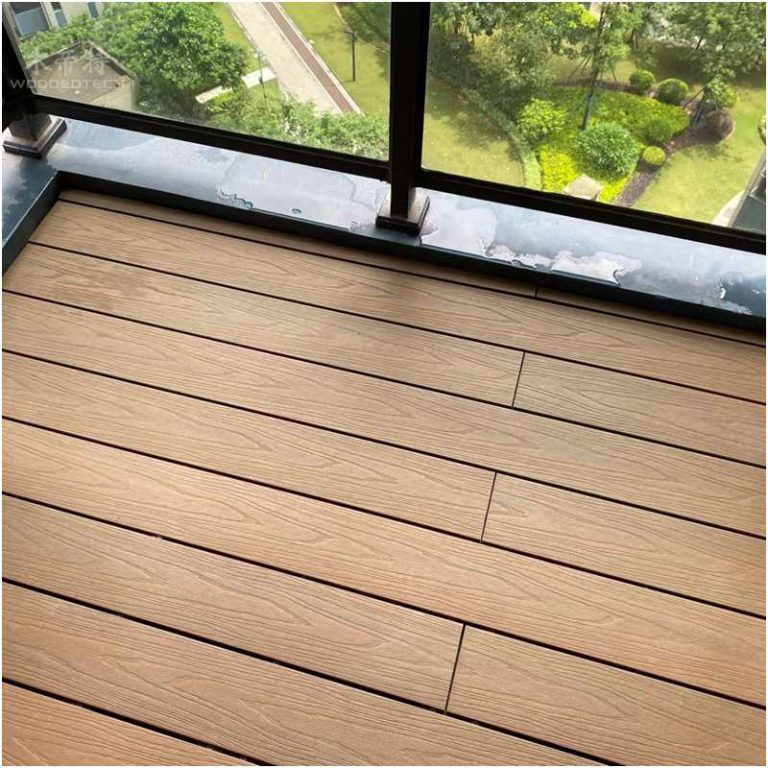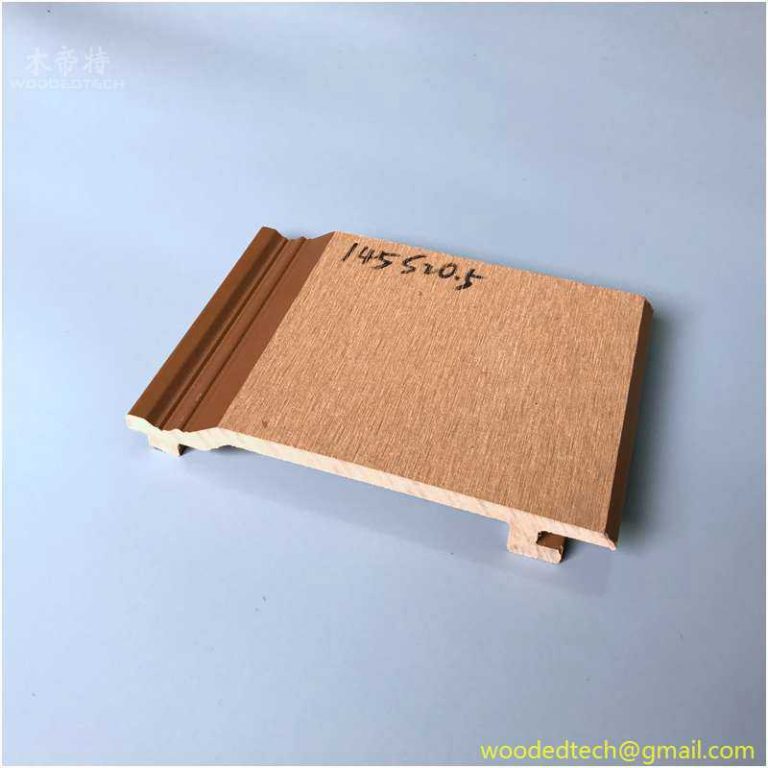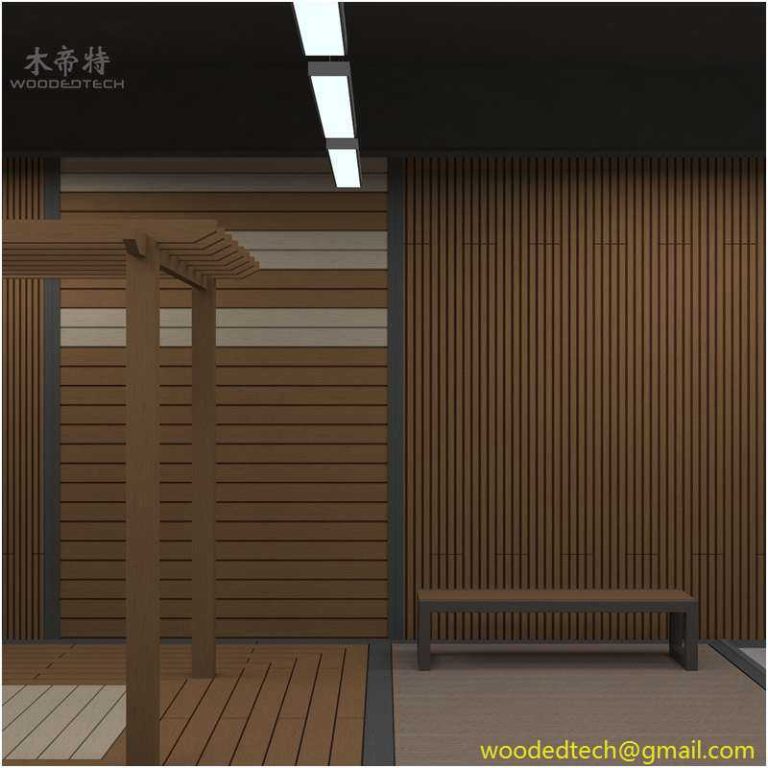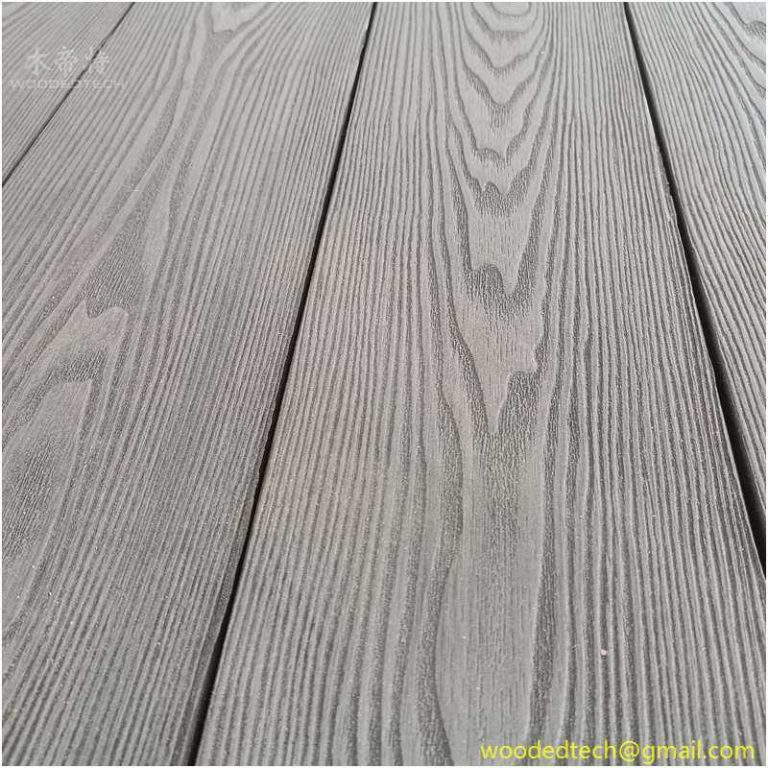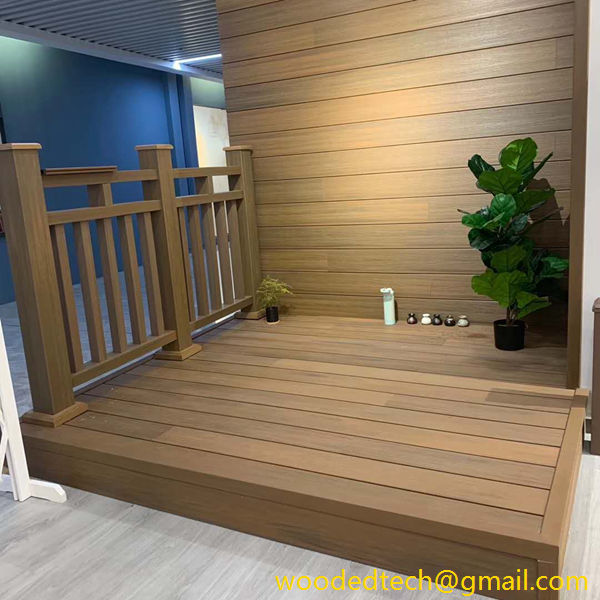Modern Composite Exterior Wall Panels for Enhanced Aesthetics
Modern Composite Exterior Wall Panels for Enhanced Aesthetics Modern Composite Exterior Wall Panels have become increasingly popular in architectural design and construction, primarily due to their aesthetic appeal and functional benefits. These panels are engineered from a blend of materials that offer both durability and versatility, making them suitable for a wide range of applications….
Modern Composite Exterior Wall Panels for Enhanced Aesthetics
Modern Composite Exterior Wall Panels have become increasingly popular in architectural design and construction, primarily due to their aesthetic appeal and functional benefits. These panels are engineered from a blend of materials that offer both durability and versatility, making them suitable for a wide range of applications. This expansion delves into the various material styles of modern composite exterior wall panels, highlighting their unique characteristics and advantages.
Composite wall panels are typically made from a combination of materials, including aluminum, fiberglass, and various polymers. The layering of these materials creates panels that are lightweight yet robust, allowing for easy installation while providing exceptional strength and resistance to environmental factors. One of the most significant advantages of these panels is their ability to mimic the appearance of traditional materials such as wood, stone, or brick without the associated drawbacks. For example, while wooden cladding may require regular maintenance and treatment to resist moisture and pests, composite panels can achieve a similar aesthetic without the need for extensive upkeep.
The aesthetic versatility of modern composite exterior wall panels is one of their standout features. Manufacturers offer a broad spectrum of colors, textures, and finishes, allowing architects and designers to create visually striking facades that reflect the desired style of a building. Whether aiming for a sleek, contemporary look or a more rustic, traditional appearance, these panels can be customized to meet specific design requirements. For instance, some panels come with a textured surface that mimics the grain of natural wood, providing a warm and inviting look while offering the durability of composite materials.
In addition to their aesthetic appeal, modern composite exterior wall panels are designed with functionality in mind. These panels often incorporate insulation materials that enhance a building’s energy efficiency. By reducing thermal bridging and providing better insulation than traditional materials, composite panels can help maintain a comfortable indoor environment while lowering energy costs. This is particularly beneficial in regions with extreme temperatures, where energy efficiency is crucial for both comfort and sustainability.
The installation process for composite wall panels is another factor contributing to their popularity. Unlike heavier materials that require extensive structural support, composite panels are lightweight, making them easier to handle and install. This can significantly reduce labor costs and construction time, allowing projects to be completed more efficiently. Furthermore, many composite panels are designed for modular installation, meaning they can be prefabricated off-site and assembled on-site, further streamlining the construction process.
Durability is a critical aspect of modern composite exterior wall panels. They are engineered to withstand harsh weather conditions, including heavy rain, snow, wind, and extreme temperatures. Many panels are also resistant to fading, corrosion, and impact damage, ensuring that they maintain their appearance and structural integrity over time. This durability translates to lower maintenance costs and longer lifespans for buildings clad in composite materials, making them a wise investment for property owners and developers.
Another important consideration is sustainability. As environmental concerns become increasingly prominent in the construction industry, modern composite panels are often designed with eco-friendly practices in mind. Many manufacturers utilize recycled materials in their production processes, reducing the overall environmental impact. Additionally, the longevity and low maintenance needs of composite panels contribute to a building’s sustainability by minimizing resource consumption over time.
In terms of design flexibility, the use of modern composite exterior wall panels allows for creative architectural expressions. They can be used to create unique shapes and forms, breaking away from the traditional boxy structures that have dominated the landscape for decades. Architects can experiment with different panel configurations, angles, and layering techniques to create dynamic facades that stand out. This creativity extends to both commercial and residential buildings, allowing for a wide range of applications, from sleek office buildings to cozy residential homes.
Furthermore, the trend towards biophilic design, which emphasizes the connection between nature and built environments, has also influenced the use of composite wall panels. Many designers are incorporating natural colors and textures into their facades, creating a harmonious relationship between the building and its surroundings. By using composite materials that mimic natural elements, architects can achieve this balance while benefiting from the practical advantages of modern construction techniques.
In conclusion, modern composite exterior wall panels represent a significant advancement in architectural design and construction. Their combination of aesthetic versatility, durability, energy efficiency, and sustainability makes them an attractive option for a variety of building projects. With the ability to create stunning facades that reflect individual design visions while also offering practical advantages, these panels are poised to play a crucial role in the future of construction. As designers and builders continue to explore innovative materials and techniques, the use of composite wall panels will likely expand, paving the way for even more creative and sustainable architectural solutions.

